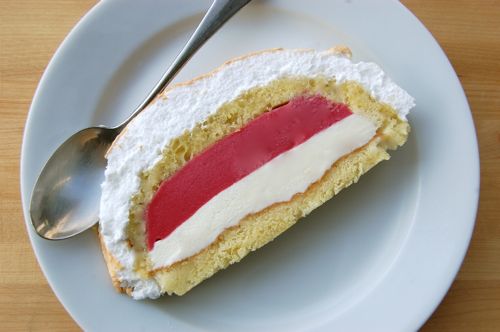Back…and beat.
It seems like I’ve lived an age since I last saw you. So much has transpired it’s hard to know where to start. What did I do? I drove, drove, drove and drove some more. I consoled two friends whose son was killed in a car crash. I walked a creek bed in the shimmering light of dawn. I caught crayfish and turtles by hand. I baked a hundred cakes with a woman named Betty. I spun a giant roulette wheel until midnight. I made squash blossom pizza. I dabbed my wife’s forehead with a cool cloth after she fainted. I bought my first pink shirt (it’s actually light red). I visited a graveyard that has five generation of my ancestors in it. I listened to a new record by The Cars. I swam, I fished, I climbed, I ran, I sat in traffic, I went to meetings, I cooked outdoors…and now I’m completely exhausted.
But it’s great to be back!
READ ON